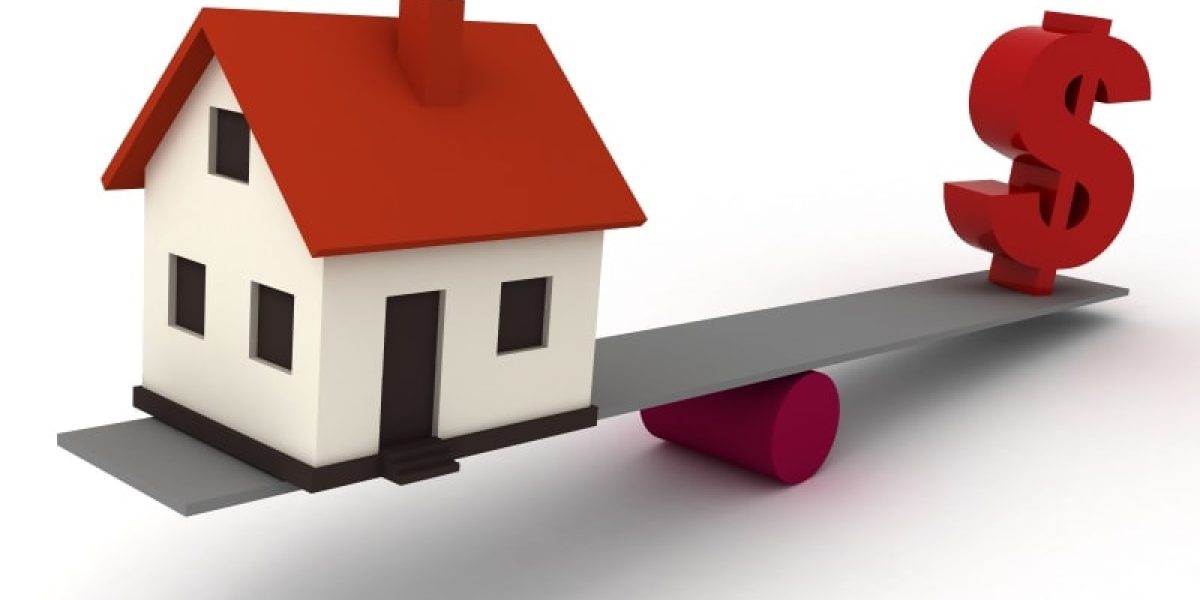Now is a great time to be buying a home (particularly if you’re a first home buyer!). You may be thinking, “that’s crazy, the market price for a home is so expensive!”. We understand, but hear us out before you make up your minds.
We are living in a tricky time, COVID-19 has put a bit of a halt on the year, and house prices don’t seem to be dropping.
Not to worry! There are a number of government-funded and assisted schemes running at the moment, and we’ve taken some time to outline each of them for you. We have summarised each of the schemes so that you can quickly update yourself on what may be available.
Ultimately, the purpose of each of these schemes is to make housing more accessible for first home buyers by reducing some of the financial burden for eligible applicants.
*Please note, Vogue Homes are not financial advisors or a government body. This is only a summary of schemes currently available. Please refer to relevant government websites for each schemes’ full T&Cs.

HomeBuilder Scheme
You are probably well aware of this scheme by now, as it has been one of the more positive things to come out of the COVID-19 pandemic.
The HomeBuilder scheme has been set up to provide eligible owner occupiers with a grant of $25,000 to build a new home or substantially renovate an existing home.
Unlike some of the other schemes available, this is not specifically for first home buyers.
There is; however, criteria you must meet in order to be eligible for this scheme:
- The eligible contract must be signed before 31 December 2020
- Construction must commence within 3 months of the contract date
- You must be an Australian citizen or permanent resident, be over 18 and an individual (not a company)
- You must not earn any more than $125,000 per year individually or $200,000 per year as a couple
- The new home build must not exceed $750,000 (GST inclusive)
- Renovations to your principal place of residence are required to cost between $150,000 and $750,000 (GST inclusive), where the value of your existing house does not exceed $1.5 million
- For off-the-plan home/new home contracts, construction can have commenced prior to the date of the sales contract, but not before 4 June 2020. You must also be registered on the certificate of title as the owner of the property by no later than 31 October 2022.
UPDATE:
On 29th November 2020, the Government has announce an extension to the HomeBuilder program. These important changes have been made:
- A $15k grant for building contracts signed between 1st January 2021 and 31st March 2021
- Extended deadline for submittal of all applications (both 25k and 15k) up to 14th April 2021.
- Extension to the construction commencement timeframe from 3 months to 6 months for all applications
- Increase on the cap for new builds from 750k to 950k, when applying for the 15k grant.
*Review the full criteria on the Revenue NSW site and details of the November update to the scheme on the Treasury Economic Response to the Coronavirus site.
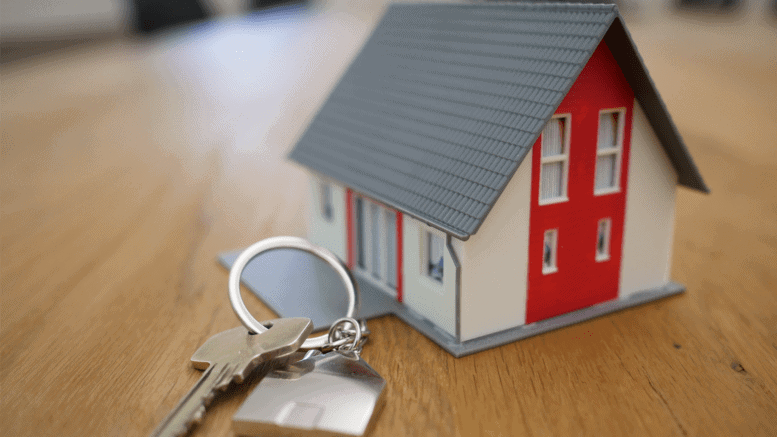
Key Benefits
More Money
$25,000 is a great contribution towards your new home. The grant may be used to help reduce your new home loan, saving you money in the long term.
Direct to you
The grant is paid directly to the applicant. This means that you can use it down the track on upgrading your new home or for something else, providing that you fulfil the eligibility criteria.
Limitations
No owner builders
You are not eligible for this scheme if you are choosing to owner-build. You must enter into a contract with a licensed builder.
Construction must start
Construction must start within 3 months of the contract date. This becomes a tight deadline that you and the builder are required to meet. You need to speak openly with your financer and builder to ensure that this timeline will be achievable in order for you to be eligible.
Unregistered land
If you are looking at purchasing unregistered land, you need to really consider whether or not the land will be registered in time to 1) sign a contract before 31st December 2020 and 2) start construction within 3 months of the contract signing.
*For more information on the HomeBuilder scheme, take a look at the Australian Government Treasury website.
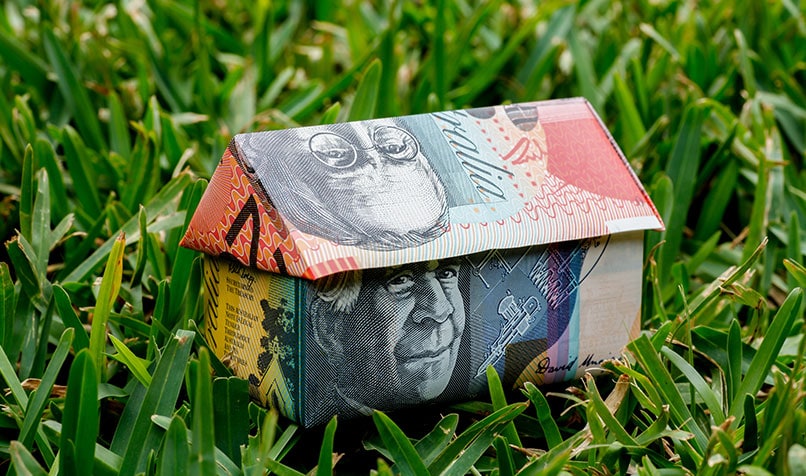
The First Home Loan Deposit Scheme (FHLDS)
The First Home Loan Deposit Scheme (FHLDS) refers to the Australian government’s national initiative to extend support to qualified first home buyers by reducing the initial deposit required for home purchase, to a mere 5%.
This scheme; however, does not give cash payments. Instead, what the government provides is a 15% ‘guarantee’ on the borrower’s home loan which offsets the Lenders Mortgage Insurance (LMI) cost.
There are a number of qualifications that must be fulfilled in order to be eligible for the FHLDS, the important points to note are:
- The scheme can only support up to 10,000 borrowers at present
- The property must be owner-occupied
- Before the first home buyer can be eligible, their earnings should not be above $125,000 annually for singles or $200,000 for married couples
- First home buyers must show that they have saved at least 5% of the home’s value
- Not all homes will be eligible under this scheme. The property price cap, or the maximum property purchase price, applies in capital cities, selected regional centres and regional areas. You can check the NFHIC website to find out if your new home location is eligible
*For a full list of qualifications, visit the NHFIC Australian Government Website.
Key Benefits
Increased accessibility with a cheaper up-front cost
One of the main benefits qualified first home buyers enjoy under FHLDS is that they are required to pay a much smaller deposit, without all the initial associated fees. This increases accessibility to home loans for eligible first home buyers. In reality, the option to pay only a 5% deposit for a home pre-dates this scheme, however, comes with corresponding LMI fees that are waived under the FHLDS.
Get into the market quicker
Another benefit of the First Home Loan Deposit scheme is that it saves time. Since you only have to pay 5% of the deposit up front, you save the time you would have needed to raise the original 20% deposit.
Property prices rise
Though fluctuations in the prices of property are quite challenging to predict, a sudden rise in the market can only make FHLDS more appealing. If this happens while you are still paying your monthly mortgage, you are also gaining equity.
Limitations
More expensive in the long-run
The downside is, that overall, you end up paying more interest. The reason for this is by only paying 5% of the deposit, the amount you borrow from your lender will be larger, and therefore, so will the amount of interest you have to pay.
To illustrate this point, let’s say the market value of the property you bought is $800,000 and you’re only paying a 5% deposit, with a 4% interest rate, payable within 30 years. In this case, your total loan amount would be $760,000. Your LMI is projected to cost anywhere between $31,000 to $35,000, and your monthly instalment would be at $3,629.
Now, what if you pay the total 20% deposit? In this case, your loan amount would only be $640,000. Since you paid the full 20% deposit, you will no longer have to pay the LMI. Therefore, your monthly instalment will only be $3,056, payable within 30 years. This is equivalent to $573 savings per month.

First Home Owner Grant
The First Home Owner Grant (FHOG) is a $10,000 grant from the Australian government which is directly applied to your home loan. Unlike the other grants, this scheme is only available for a brand new home.
In order to qualify for the FHOG you must meet the following criteria:
- you must be an individual, not a company or trust
- you must be over 18
- you, or at least one person you’re buying with, must be an Australian citizen or permanent resident.
You won’t be eligible for the First Home Owner Grant (New Homes) scheme if you or your spouse have previously:
- owned or co-owned a home in Australia
- received a first home owner grant in Australia.
However, you may still be eligible if
- you purchased a residential property after 1 July 2000 and
- didn’t live in it for more than six continuous months.
The capped value of the property varies depending on what you are purchasing. If you are buying a newly constructed property, it must not exceed $600,000, whereas, if you are purchasing land to build on, the total value of home and land must not exceed $750,000.
Key Benefits
Increased accessibility
A $10,000 reduction in your loan repayment eases some of the financial burden early on, making first home ownership more accessible.
Get into the market quicker
This head-start on loan repayment will also allow you to enter the housing market faster!
Limitations
None !
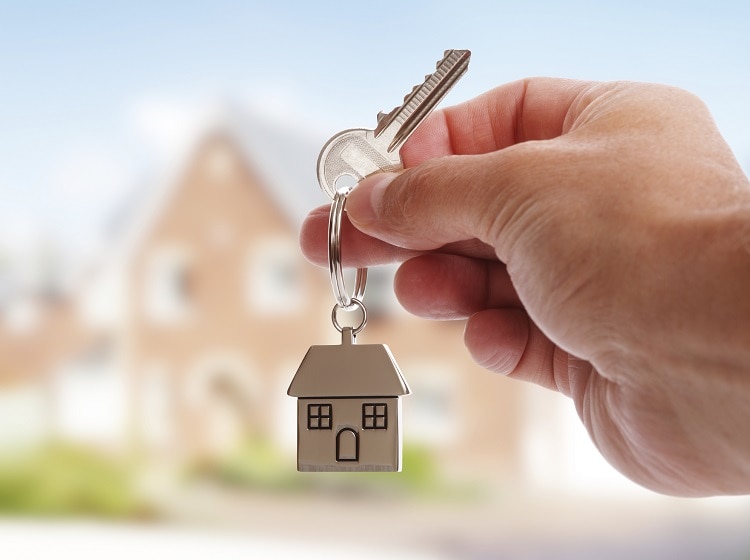
First Home Buyer Assistance Scheme
Under this scheme, a first home buyer may be eligible for exemptions or concessions on transfer duty (previously known as stamp duty).
If you buy a home or vacant land between 1 August 2020 and 31 July 2021 you can apply for a full exemption if:
- the value of the new home is less than $800,000 or
- the value of the existing home is less than $650,000, or
- the value of the block of land is less than $400,000
You can apply for a concession if:
- The value of the new home is between $800,000 and $1 million, or
- The value of the existing home is between $650,000 and $800,000, or
- The value of the block of land is between $400,000 and $500,000
Similar to the FHLDS, you must meet eligibility criteria:
- You must be an individual (not a company) and at least 18 years of age
- You, and your spouse or partner, must never have owned or co-owned residential property in Australia
- You, and your spouse or partner, must never have received an exemption or concession under this scheme
- At least one of the first home buyers must be an Australian citizen or permanent resident
- You must move into the new home within 12 months after buying the property and live there for at least 6 consecutive months
This saving can be extremely helpful when purchasing your new home. For example, if you are purchasing a new home for $700,000, you will pay $0 in transfer duty under this scheme, which would otherwise cost you an additional $26,835.
Key Benefits
Increased accessibility with a cheaper up-front cost
Up-front costs for home buyers are often prohibitive. Being eligible for the First Home Buyer Assistance Scheme, will mean the cost of transfer duty will be waived or reduced.
Get into the market quicker
As above, without the restrictions imposed by extra fees associated with transfer duty, it allows first home buyers to enter the housing market faster.
Limitations
None !
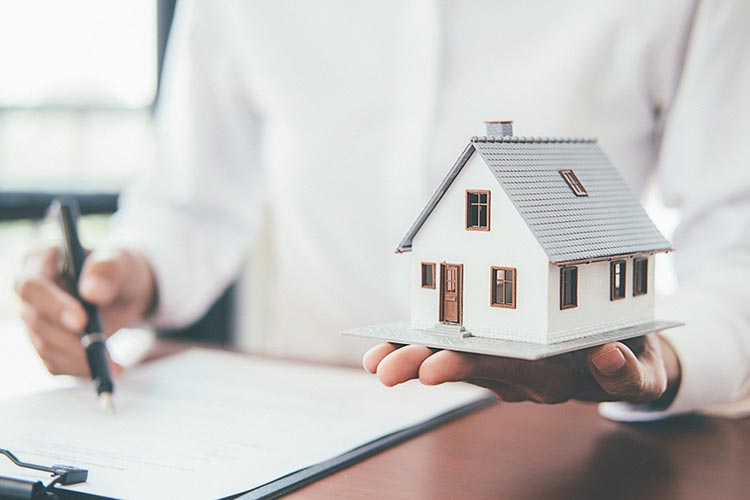
First Super Saver Scheme
Unlike the other opportunities listed above, this scheme is not government-funded. This scheme gives you access to your funds that would not normally be available for you to use.
The First Home Super Saver (FHSS) allows you to voluntarily contribute up to $30,000 to your super and withdraw this amount (plus earnings, less tax) to buy your first home. You can make voluntary concessional (before-tax) and voluntary non-concessional (after-tax) contributions to your super fund to save for your first home. You can then apply to release your voluntary contributions, along with associated earnings, to help you purchase your first home.
Contributions are capped at $15,000 per year, given the lifetime maximum of $30,000. This means it will take you a minimum of 2 years to obtain the funds from your super. Once the funds are released, you have up to 12 months from the date you requested the release to sign a contract of purchase or construct a new home.
In order to be eligible you must be:
- A first home buyer
- You must move into the new home within 12 months of buying the property and live there for at least 6 consecutive months
- You, and your spouse or partner, must never have owned or co-owned residential property in Australia
- You, and your spouse or partner, must never have received an exemption or concession under this scheme
- At least one of the first home buyers must be an Australian citizen or permanent resident
*If you’re considering applying for the FHSS, check out the ATO website for the full conditions.
Key Benefits
Tax reduction
The biggest benefit of this scheme is that it allows you to save money by salary-sacrificing before tax contributions. Your superfund will levy a 15% contributions tax on your super, which would most likely be a lot lower than the normal marginal tax rate on your income. This means a potential reduction of your taxable income.
When deducting the money from your super, there is tax payable at your marginal tax rate; however, there is a 30% tax offset. This will be automatically removed upon the release of the funds.
More effective than a savings account
You’ll save more than you would putting cash in a savings account. According to Treasurer, Scott Morrison, in his 2017 Federal Budget speech, most first home buyers who use the scheme will accelerate their savings by at least 30%.
After some calculations, an individual on an $80,000 salary who makes an additional super contribution of $15k each year, could have a total of $25,603 after 2 years – making them $5,297 better off than if they had put that money in a savings account with the best interest rate available (at the time of writing this) at 3.05%.
All parties can be involved
Another great benefit to this scheme is if you and a partner are saving to purchase a new home together, you can both be eligible for this scheme, meaning you can double your saved money. Using the example above, this would total around $60,000!
You can buy with a non-first home buyer
You can still access the FHSS even if your partner is a non first home buyer. Your eligibility for the scheme is assessed on an individual basis.
Limitations
Less super for the future
You are removing money from your super contributions, instead of keeping it aside for future use.
Time
This is a more long-term scheme, a fact that needs to be considered early-on in your decision-making process. You need to consider that by the time you remove the money from your super, other grants and schemes may no longer be available.
Confusion
This scheme is very detailed and has a number of hoops you’ll need to jump through in order to make it work.
Do your research before looking into applying for this scheme and ensure that you meet the eligibility criteria.
The Potential Savings
Depending on your circumstances you may qualify for considerable savings or a flexible payment arrangement for your new home build or renovation. Here is a breakdown of what you might be eligible for:
The First Home Loan Deposit Scheme (FHLDS)
- Only 5% of the initial deposit required up-front (rather than the usual 20%)
First Home Owner Grant
- $10,000 grant from the Australian government, applied directly to your home loan
First Home Buyer Assistance Scheme
- An exemption or concession on transfer duty (previously known as stamp duty)
First Super Saver Scheme
- Allows you to voluntarily contribute up to $30,000 to your super and withdraw this amount (plus earnings, less tax) to buy your first home
HomeBuilder Scheme
- A grant of $25,000 to build a new home or substantially renovate an existing home
*Disclaimer: Vogue Homes are not financial advisors and are only summarising government home buying and renovating schemes currently available. Vogue Homes does not provide professional financial advice and as such, readers are advised to consult their own preferred financial advisers. For full Government Scheme T&Cs, please refer to relevant government websites.

